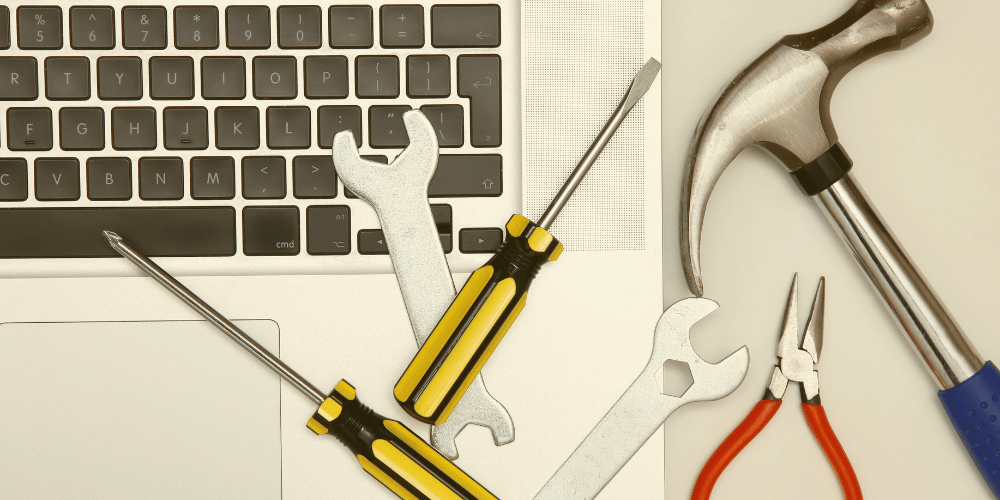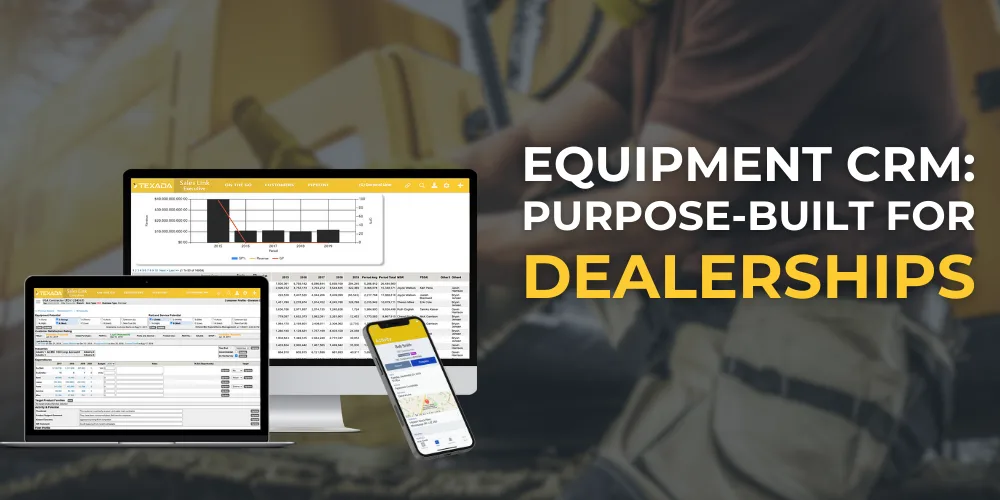Equipment businesses must stay up to date of the latest technological advancements to meet evolving market standards, especially when it comes to equipment management. Updating internal systems ensures they remain competitive while preserving core competencies, objectives, and credibility. Embracing modern equipment service management practices is crucial for sustained competitiveness and seizing critical business opportunities.
Adapting to market evolution is key to thriving amidst competition and avoiding missed opportunities. Let us guide you with essential suggestions and insights on navigating the path of modern equipment service management.
Here, we share comprehensive insights into the modernization of equipment service operations. Stay tuned to explore the essential aspects of upgrading equipment maintenance and management in detail.
What is Equipment Service Management?
Modern equipment service management involves adopting contemporary practices and approaches to carry out crucial tasks like repair, maintenance, and management with the help of technologically advanced solutions. It is meant to achieve compliance with the ongoing technological advancements to stay relevant amidst the competition and maintain efficiency, reliability, and cost-effectiveness along the way. Modern equipment management encompasses various processes like equipment maintenance, real-time tracking, system integrations, cost-efficiency, and performance optimization.
This brief introduction to modern equipment management will help you better understand the aspects and best practices further discussed in this blog.
Necessary Aspects for Modernizing Equipment Service Management
The following aspects are critical for the full-fledged implementation of modern equipment service management.
Stepping into the Future
Modern-day equipment management is heavily reliant on technological upgrades that are essential for automating complex and time-consuming tasks that are susceptible to human error. Adopting the latest technological systems and solutions makes the processes more flawless and streamlined. It eventually enhances productivity and boosts the bottom line with an increased number of satisfied clients who keep coming back.
Training Employees on Equipment Service Management Software
The successful implementation of the state-of-the-art solutions depends on the team’s ability to align with and operate the upgraded equipment management systems. For this, it is critical to keep training and upskilling the workforce to make them competent and comfortable with using the existing systems. An aware and trained workforce is also crucial for the optimum utilization of resources to accelerate functions and keep things running smoothly.
Associations such as AED (Associated Equipment Distributors) provide continuing education programs, which can assist in upskilling employees. However, these programs may not be as relevant as training provided by your software partner.
Adoption of Digital Work Orders
Gone are the days when information, records, and deals were documented on paper, which were highly vulnerable to being lost, damaged, or misplaced. Digital work orders contribute to smooth and streamlined business process management as they store, track, and organize information digitally. Digital work orders make information and documents accessible from anywhere at any time. Switching to digital work orders is critical to match the pace of the fast-moving market.
Real-Time Equipment Service Management Tracking
Real-time equipment tracking has become more crucial than ever. You need to be aware of the location, condition, usage, and availability of your equipment at all times to enforce equipment safety, manage inventory, and fulfill client orders with utmost readiness and efficacy. Real-time tracking also comes in handy when scheduling fleet maintenance according to their actual condition and usage.
Inventory Management
Inventory management is the ultimate requirement for modern equipment service management. It allows you optimum visibility and control over your assets and empowers you to use them to their full potential. Inventory management also allows businesses to reduce downtime and meet deadlines. It allows you to predict demands and cater accordingly to emerging client needs. Overall, it promotes customer satisfaction and client loyalty, which are crucial to business success.
Modern Equipment Management Best Practices
Implementing the below-mentioned best practices will help you effectively upgrade to modern equipment service management practices.
Predictive and Preventive Maintenance
It was a long time ago that businesses used to indulge in maintenance activities only due to equipment failure or breakdown. Now, you need to be aware and plan ahead to avoid such unwanted incidents to minimize equipment downtime. Adopting predictive and preventive practices allows you to identify problems at an early stage and keep them from causing any hindrances to your business operation.
Being observant of your fleet’s performance and condition will help you prevent major breakdowns while conducting a post-trip inspection. It will enable you to tackle minor concerns and keep them from escalating into bigger concerns. It also helps prepare the fleet for upcoming orders.
Adopting Advanced Inventory Management Solutions
As discussed above, inventory management is vital in upgrading your fleet’s efficiency and maintenance. Interestingly, adopting technologically driven inventory management solutions will accelerate and amplify its effectiveness in multiple ways.
Advanced inventory management systems will automate the processes and reduce the chances of errors while taking care of routine tasks, scheduling fleet maintenance, and sending alerts and reminders. It will also keep you updated about the availability, location, and condition of equipment in real-time.
Implementing Integrated Business Management Systems
There are many business processes running simultaneously in an equipment rental business. Therefore, you need to update all the critical processes to modernize your business over time. For this, you need to implement high-end systems and solutions like ERP, CRM, rental fleet management software, integrated payment solutions, self-service portals, digital work orders, service call management, and e-commerce portals.
Integrating these high-tech systems will enhance the overall potential and performance of your internal systems while empowering you to sustain and thrive in the highly competitive market.
Centralized Data Access for Cross-Team Collaboration
Data plays a crucial role in efficiently modernizing business processes in an equipment rental setup. With the systems getting automated and digitized, you need to ensure centralized data access and update for effective cross-team communication. Cross-team collaboration is essential for streamlining critical functions and operations related to equipment service management.
Centralized data access also promotes transparency and efficiency in managing work orders, performing timely maintenance, and meeting deadlines.
Modernize Equipment Service Management with Texada
Modern equipment service management is crucial to keep up with the technological evolutions taking place in the equipment rental industry. Texada offers an extensive suite of solutions tailored to meet the unique operational and technological requirements of equipment businesses. Connect with our representatives to learn more and take your equipment business to new heights.
Key Takeaways
- Adopting advanced technologies is essential for automating and streamlining equipment service management processes. It enhances productivity and reduces human error, improving client satisfaction and business efficiency.
- Continuous training and upskilling of employees are critical to ensuring they can effectively use upgraded equipment management systems. An updated and competent workforce is essential for the optimal utilization of resources and smooth operation of modern systems.
- Real-time equipment tracking and advanced inventory management systems provide visibility and control over assets, helping to minimize downtime, manage maintenance schedules, and fulfill client orders efficiently. It promotes better customer satisfaction and loyalty.
- Integrating high-end systems like ERP, CRM, fleet management software, and digital work orders enhances overall business potential and performance. This integration supports seamless cross-team collaboration, centralized data access, and efficient handling of various business processes.





